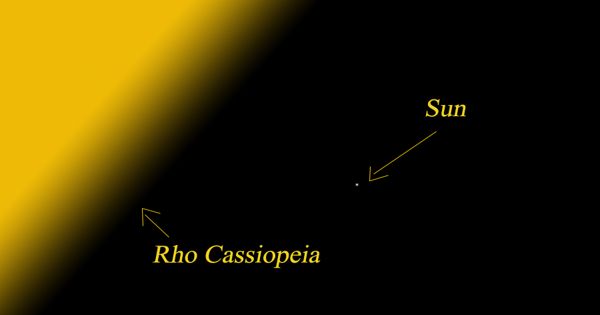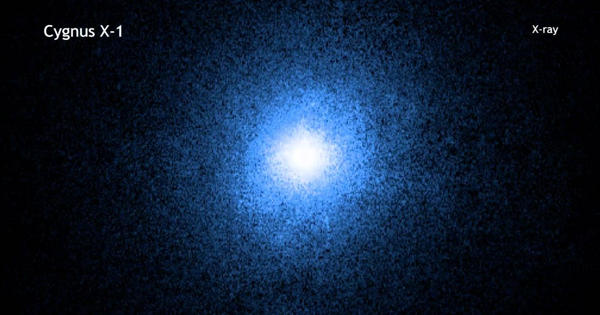A century-old puzzle for solar physicists is how temperatures in the star’s upper atmosphere (the corona), which are hundreds of times higher than temperatures at the sun’s visible surface, are nearly 5,000 kilometers above the star’s surface.
With the help of new observational data collected with the 1.6-meter Goode Solar Telescope (GST) at Big Bear Solar Observatory (BBSO), run by NJIT’s Center for Solar Terrestrial Research (CSTR), an international team of researchers has a new solution to the problem of the sun’s coronal heating.
Researchers have discovered intense wave energy coming from a relatively cool, dark, and strongly magnetized plasma region on the sun. This wave energy is able to travel through the solar atmosphere and maintain temperatures of one million degrees Kelvin inside the corona, according to a study published in Nature Astronomy.
Researchers say the finding is the latest key to unraveling a host of related mysteries pertaining to Earth’s nearest star.
“The coronal heating problem is one of the biggest mysteries in solar physics research. It has existed for nearly a century,” said Wenda Cao, BBSO director and NJIT physics professor who is co-author of the study. “With this study we have fresh answers to this problem, which may be key to untangling many confusing questions in energy transportation and dissipation in the solar atmosphere, as well as the nature of space weather.”
While these findings are a step forward toward solving the mystery, the energy flux coming out of sunspots may be only responsible for heating those loops that are rooted in sunspots. Meanwhile, there are other sunspot-free regions associated with hot coronal loops that still await to be explained. We expect that GST/BBSO will continue providing the highest-resolution observational evidence to further unlock mysteries of our star.
Wenda Cao
The team lead by Yuan Ding was able to initially record transverse oscillations in the sunspot umbra, the darkest and coldest zone on the sun, using GST’s special imaging capabilities.
These black sunspot patches can develop as a result of the star’s potent magnetic field, which prevents thermal conduction and limits the flow of energy from the hotter center to the visible surface (or photosphere), where temperatures can reach about 5,000 degrees Celsius.
The team used BBSO’s GST to record an active sunspot on July 14, 2015, and then measured activity related to a number of dark features found there, including oscillatory transverse motions of plasma fibrils within the sunspot umbra, where the magnetic field is more than 6,000 times stronger than Earth’s.
“Fibrils appear as cone-shaped structures with a typical height of 500-1,000 km and a width of about 100 km,” explained Vasyl Yurchyshyn, NJIT-CSTR research professor of heliophysics and BBSO senior scientist. “Their lifetime ranges from two to three minutes and they tend to reappear at the same location within the darkest parts of the umbra, where magnetic fields are strongest.”
“These dark dynamic fibrils had been observed in the sunspot umbra for a long time, but for the first time, our team was able to detect their lateral oscillations that are manifestations of fast waves,” said Cao.
“These persistent and ubiquitous transverse waves in strongly magnetized fibrils bring energy upwards through vertically elongated magnetic conduits and contribute to the heating of the upper atmosphere of the sun.”
The team calculated the energy carried by these waves through a numerical simulation of the waves, and they found that it could be up to thousands of times stronger than energy losses in active region plasma of the sun’s upper atmosphere, dissipating energy up to four orders of magnitude stronger than the heating rate required to maintain the blazing plasma temperatures in the corona.
“Various waves have been detected everywhere on the sun, but typically their energy is too low to be able to heat the corona,” said Yurchyshyn. “The fast waves detected in the sunspot umbra are a persistent and efficient energy source that may be responsible for heating the corona above sunspots.”
For the time being, scientists claim that the new findings not only fundamentally alter how we perceive the sunspot umbra, but also represent a significant advancement in our understanding of how the solar corona is heated and how energy is transported within it.
However, questions about the coronal heating problem persist.
“While these findings are a step forward toward solving the mystery, the energy flux coming out of sunspots may be only responsible for heating those loops that are rooted in sunspots,” said Cao.
“Meanwhile, there are other sunspot-free regions associated with hot coronal loops that still await to be explained. We expect that GST/BBSO will continue providing the highest-resolution observational evidence to further unlock mysteries of our star.”
















